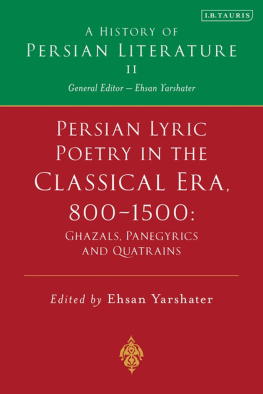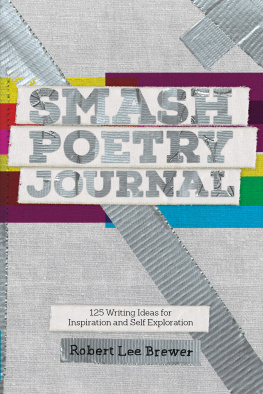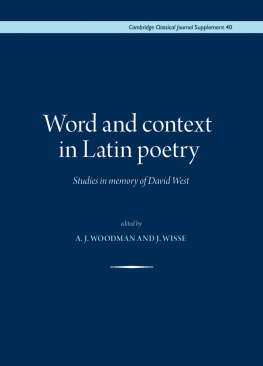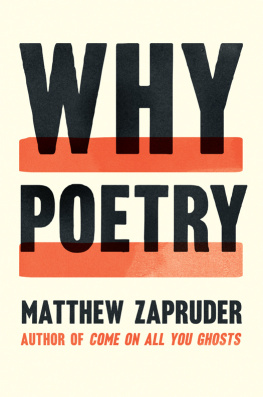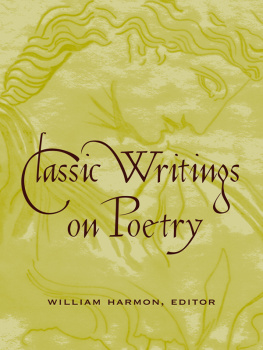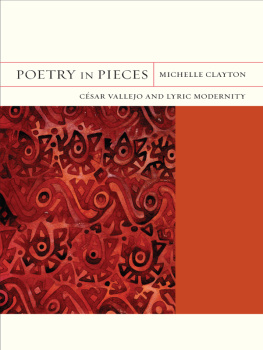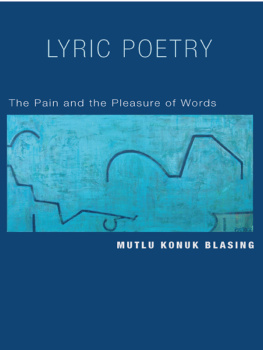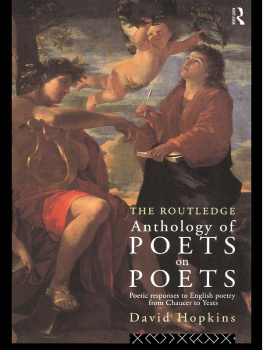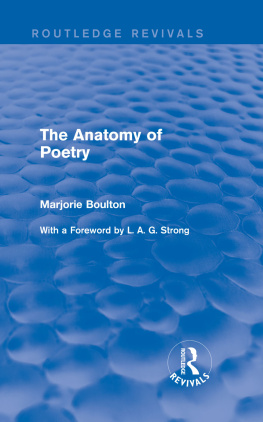Robert Southwell
Snow in Arcadia:
redrawing the English lyric
landscape, 158695
ANNE SWEENEY
Copyright Anne Sweeney 2006
The right of Anne Sweeney to be identified as the author of this work has been asserted by her in accordance with the Copyright, Designs and Patents Act 1988.
Published by Manchester University Press
Oxford Road, Manchester M13 9NR, UK
and Room 400, 175 Fifth Avenue, New York, NY 10010, USA
www.manchesteruniversitypress.co.uk
Distributed exclusively in the USA by
Palgrave, 175 Fifth Avenue, New York, NY 10010, USA
Distributed exclusively in Canada by
UBC Press, University of British Columbia, 2029 West Mall,
Vancouver, BC, Canada v6T 1Z2
British Library Cataloguing-in-Publication Data
A catalogue record for this book is available from the British Library
Library of Congress Cataloging-in-Publication Data applied for
ISBN 978 0 7190 7418 9
First published 2006
15 14 13 12 11 10 09 08 07 06 10 9 8 7 6 5 4 3 2 1
Typeset in Scala with Pastonchi display
by Koinonia Ltd, Manchester
Printed in Great Britain
by CPI, Bath
To live at peace among those who oppose us, is a great grace,
and a most commendable and manly achievement.
(from Thomas Kempis, The Imitation of Christ,
translated and introduction by Leo Sherley-Price
(Harmondsworth; Penguin, 1952, repr. 1979), p. 71)
Contents
Preface and acknowledgements
This work began as a duty and quickly developed into a passion. Professor Richard Wilson suggested that I might find something of interest in Robert Southwell and, as I had always been intrigued by The burning Babe, I had a little look. Six years of labour later, some funded by the Arts and Humanities Research Board and under the inestimably patient eye of Professors Richard Dutton and Alison Findlay and Dr Hilary Hinds at Lancaster University, and, most especially, Professor Peter Davidson (who put fire into the work even from the cold North), I have gained a deeper understanding of a part of my nations history that has been all but disappeared, and learned to respect the young Jesuit priest-poet. I undertook this work for the love of the man and his words, and I hope this book will be read in that same spirit. As a poet Robert Southwell has much to say to this age, bloodied as it is, and with voices striving to be heard. Many, many thanks to Manchester University Press for undertaking to offer it to a wider readership.
More personally, when I began the research Southwells insights into human evanescence were antique theoretical positions from an age all too well acquainted with death; but unfortunate circumstances meant that I came to need, and have gained, courage from one who could look so steadily upon his own mortality. Having lost six months at the start of the year, much of the book was written up in hospital, fuelled by regular NHS cuppas and the sterling companionship and support of NHS staff and volunteers, with the deadline drawing near; the term never sounded so resonant. Deepest thanks to all at Lancaster, Liverpool, and Clatterbridge Hospitals, and to all those other chance companions along this strange road.
But the greatest debt is due to my husband Michael, whose generosity and intelligence helped my work immensely; he, my dear sons, and wider family have been wonderfully encouraging and tolerant of the inevitable effects of such a project upon our lives. Thanks also to untold friends and supporters who have shown kindness or interest at key moments, and, in too many ways to detail, have made a difference. Stonyhurst College kindly made its Library available to my studies, its late Librarian, Father Turner, S.J., and the late Bishop Foley, contributing much at the outset to a project that I was so very less well qualified than they to embark upon. I am also very grateful that Father Thomas McCoog, S.J., of Mount Street, took the time to look over and comment on aspects of the work, which has, in any case, called much upon his expertise in this area. If I have committed any solecisms against the belief systems of the bodies represented by these gentlemen, it is unintentional, and regretted. I have been acutely aware from the outset that, in discussing a saint from outside the boundaries of religious studies, I was on the thinnest of ice. I hope it is evident that I am addressing discoursal and literary issues only; St Robert Southwell is beyond all comment spiritually, but as a poet and an Englishman he earned his garlands, I believe. Muse not, as he said, to see some mud in cleerest brooke, | They once were brittle mould, that now are Saintes.
Dr Anne Sweeney
Lancaster
Introduction
Ben Jonsons admiration for Southwells Burning Babe
Southwell was hanged, yet so he had written that piece of his The burning babe [Ben Jonson] would have been content to destroy many of his.
|
|---|
As I in hoarie Winters night |
Stoode shivering in the snow, |
Surprisd I was with sodaine heate, |
Which made my hart to glow; |
And lifting up a fearefull eye | |
To view what fire was neare, |
A pretty Babe all burning bright |
Did in the ayre appeare; |
Who scorched with excessive heate, |
Such floods of teares did shed, | |
As though his floods should quench his flames, |
Which with his teares were fed: |
Alas (quoth he) but newly borne, |
In fiery heates I frie, |
Yet none approach to warme their harts, | |
Or feele my fire, but I; |
My faultlesse breast the furnace is, |
The fuell wounding thornes: |
Love is the fire, and sighs the smoake, |
The ashes, shames and scornes; | |
The fewell Justice layeth on, |
And Mercie blowes the coales, |
The metall in this furnace wrought, |
Are mens defiled soules: |
For which, as now on fire I am | |
To worke them to their good, |
So will I melt into a bath, |
To wash them in my blood. |
With this he vanisht out of sight, |
And swiftly shrunk away, | |
And straight I called unto minde, |
That it was Christmasse day. |
The burning Babe is probably the only poem most readers will know of Robert Southwells. I recall reading it as a child; it seemed pleasantly atmospheric to a childish imagination, the holy Babe appearing like a bright bauble against the dark of a snowy English Christmas evening. It is homely, yet cryptic in the Elizabethan style, and blessedly short, a silly sentimental thing that manages, apparently on these merits, to make its way into most anthologies of the English poetic canon. It came as something of a shock to me as an undergraduate to learn that Ben Jonson, with his reputation as a hard man of letters, had singled out this bagatelle for admiration indeed, he wished he himself had written it; there can be no greater possible encomium from a great ego. What did he admire in it? In the nineteenth century a minister of the Reformed church, Alexander Grosart, considered Southwells writing to be more potential in our Literature than appears on the surface; his edition, generous as it is to his brother in Christ, does not elaborate upon his estimation of Southwells poetry. There have been some fine commentaries on Robert Southwells life and work, but none of them has explained to my satisfaction why a man like Jonson would have admired this poem so. This book is an attempt to answer that question.


